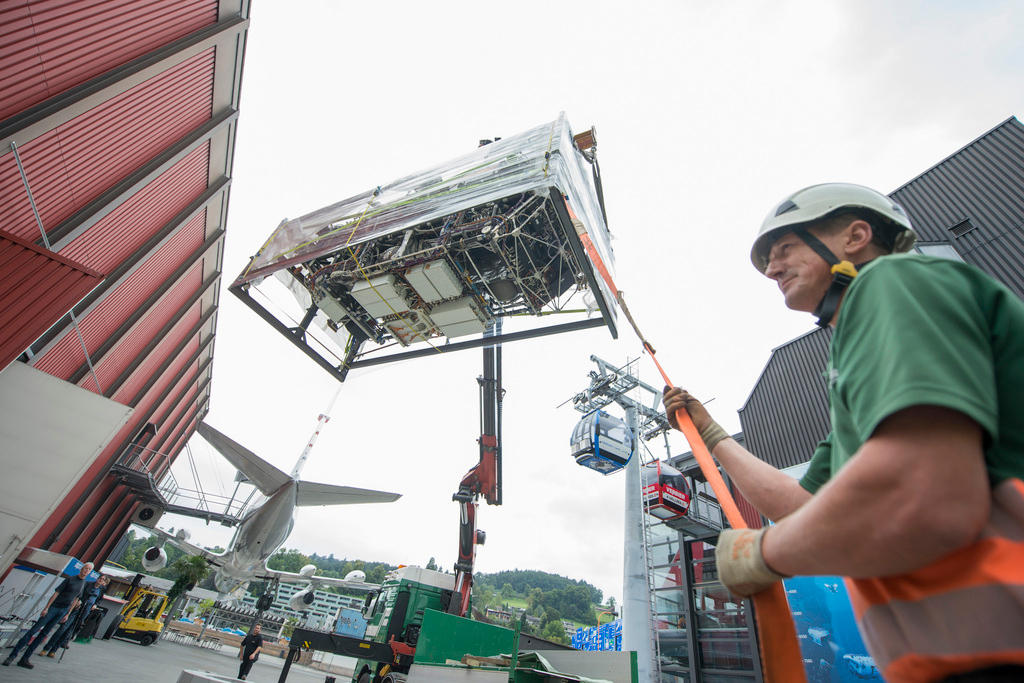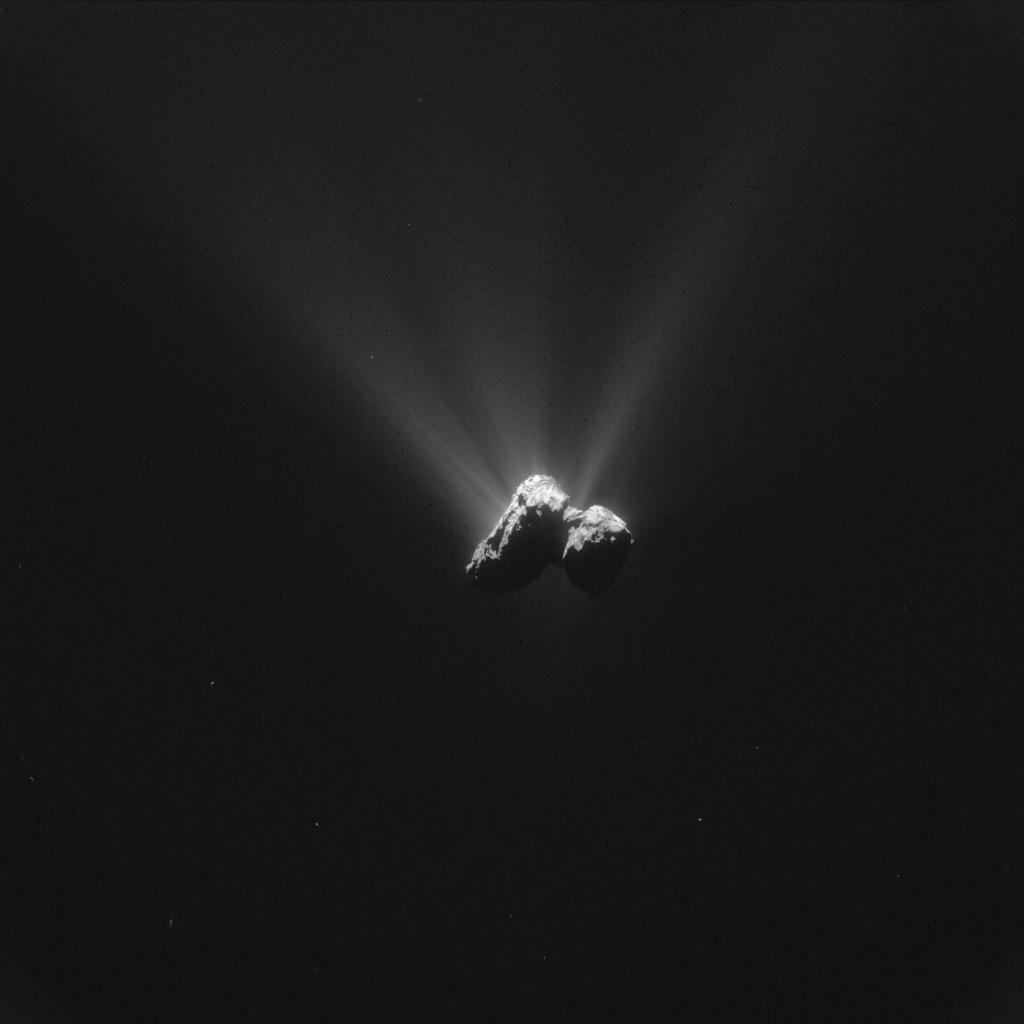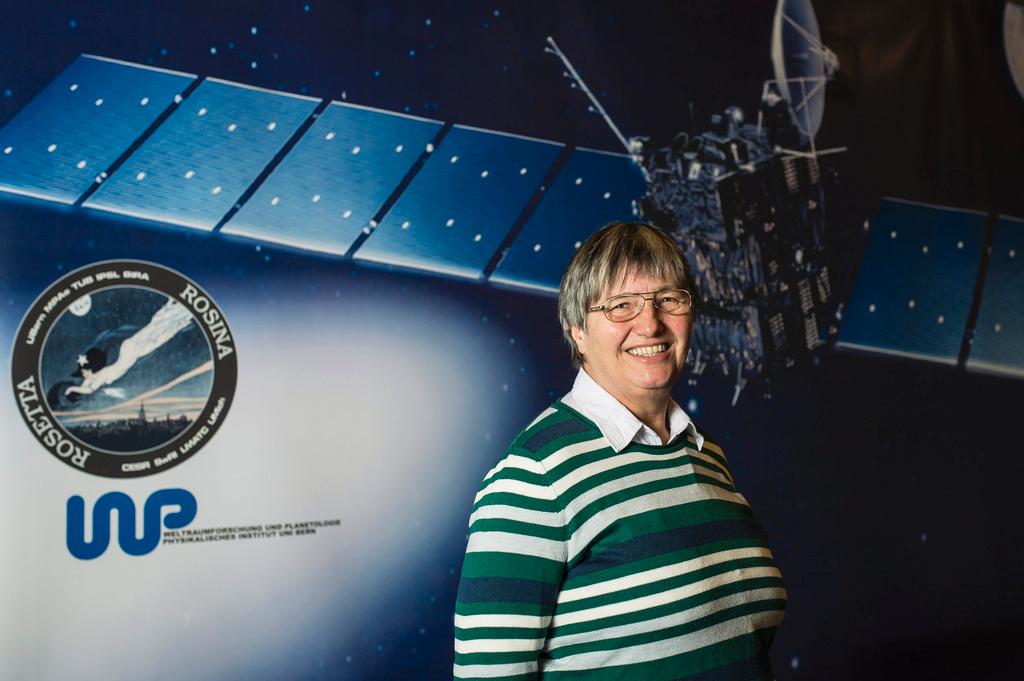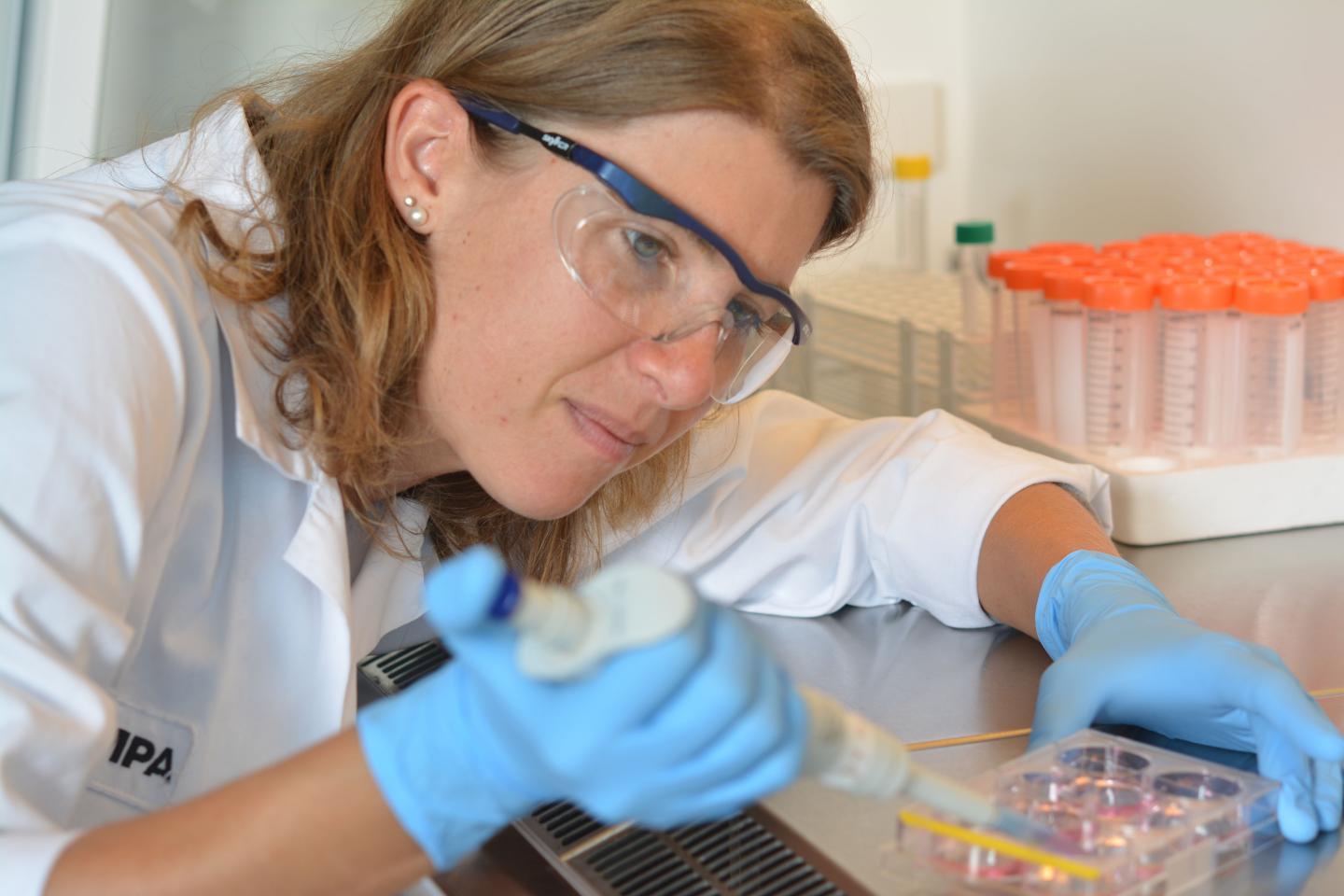Swiss scientists to analyse returned satellite

On Tuesday, a retired European Space Agency research satellite called Eureca (European Retrievable Carrier) left the Lucerne Museum of Transport, where it had been on display, for the Swiss Federal Laboratories for Materials Science and Technology (EMPA) in Dübendorf.
There, the satellite, which was launched into orbit on the Space Shuttle Atlantis on August 2, 1992, will be x-rayed by EMPA scientists. They are interested in discovering the effects of space travel – including cosmic rays, extreme temperatures, and vibrations – on Eureca’s component parts.
Antonia Neels, head of EMPA’s Center for X-Ray Analytics, said in a statement that this is a unique experiment for the federal laboratory.
The three-ton craft, which suffered damage in space, will be x-rayed from every angle. EMPA’s special x-ray unit uses high-energy radiation that produces very high-resolution images, and is the only tool that can x-ray the satellite as a single object.
The operation should take about two weeks. The satellite will be returned to the Museum of Transport in November, and given a place of prominence in the newly redesigned space exhibit.
Worth CHF 700 million ($713 million) when it was launched, Eureca orbited at 500 kilometres (311 miles) above the earth for a little less than one year at 28,000 kilometres per hour. It was launched during the 49th space shuttle mission with Claude Nicollier, the first Swiss astronaut in space, on board. It was the Vaud native himself who released the satellite into space.
In 1993, the shuttle Endeavour recovered Eureca and brought it back to earth – making it one of the few unmanned spacecraft to return in one piece. It should have been reused, but the European Space Agency halted the programme due to lack of resources, and sent the satellite to the Museum of Transport in 2000.

In compliance with the JTI standards
More: SWI swissinfo.ch certified by the Journalism Trust Initiative




You can find an overview of ongoing debates with our journalists here . Please join us!
If you want to start a conversation about a topic raised in this article or want to report factual errors, email us at english@swissinfo.ch.